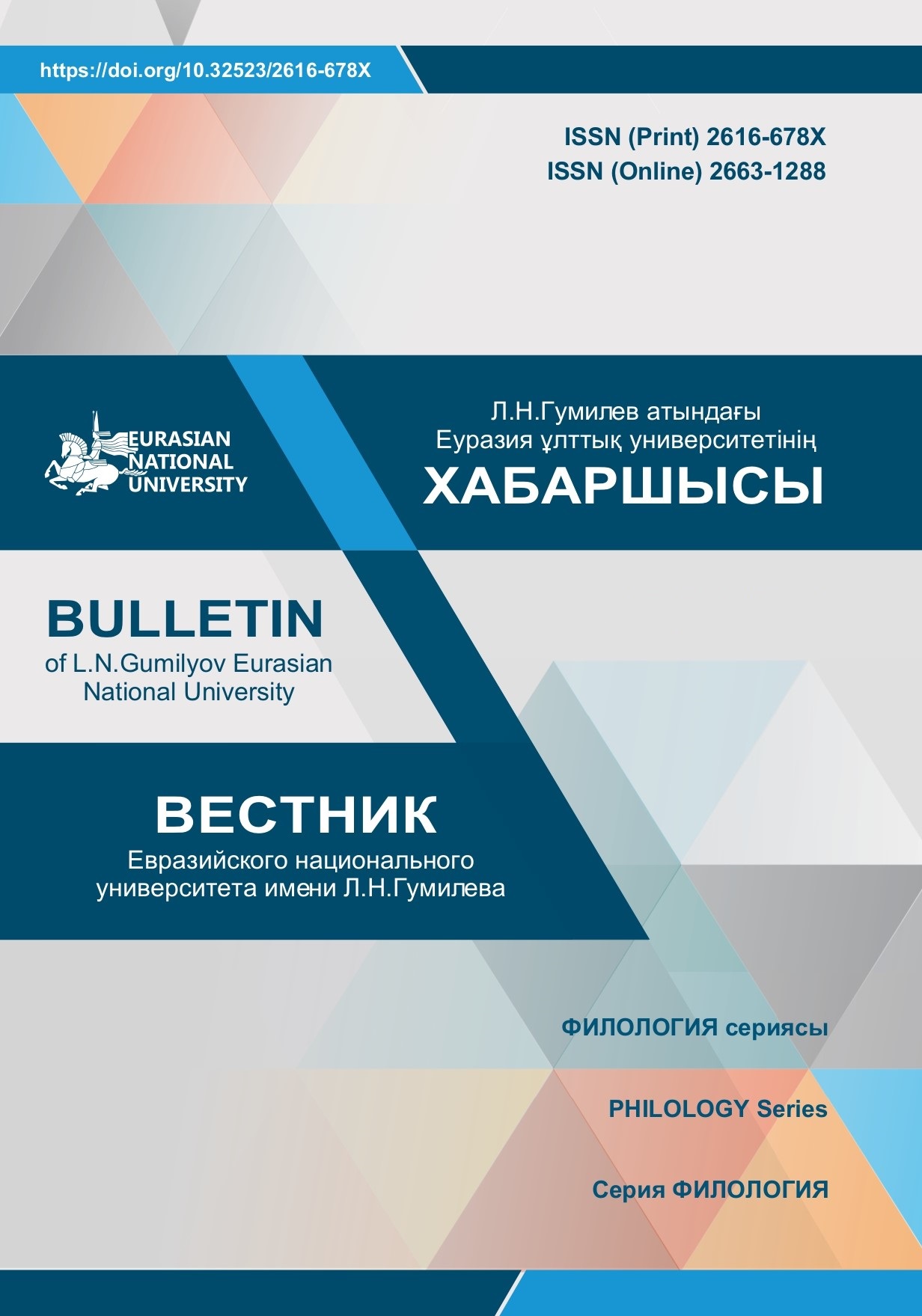The ancient indian plot and its transformation in the fable "Totynama" of Mailykozha Sultankozhauly
Views: 194 / PDF downloads: 498
DOI:
https://doi.org/10.32523/2616-678X-2023-142-1-177-191Keywords:
poet (akyn), transformation, plot, literary monuments, singing, world trend, parrotAbstract
In this article, the plot of the poem "Totynama" by the poet Mailykozha Sultankozhauly, which has its own place in Kazakh literature, and the common plot in ancient Indian literary monuments are comprehensively considered.
It is known that the story of the turtle and two birds, told in such world-famous works as "Panchatantra", "Kalila and Dimnada" and "Hitopadeshada", has been reflected in the literature of many countries. When each person adapts and rearranges a particular work to its nature, it is natural that it undergoes some change. This phenomenon, which explains the intricacies of ancient plots, is the basis of this study.
The features of the development of the migrating plots, that have become an integral part of the oral art of a number of peoples of Central Asia, reached the Kazakh land in different ways and became part of the spiritual treasure. In the current work the attention is paid to studying the specific features of new poem based on old plot.
This study reveals the features of the development of migrating plots that have become an integral part of the word art among a number of peoples of Central Asia, these plots reached the Kazakh land in different ways, these plots entered the world spiritual treasury. The article also pays attention to the changes that migrating plots undergo during the performance of new zhyrau works. Based on this plot, a serious discussion was made about the origin of Kazakh fairy tales about animals. The example of Mailykozha's "Totynama", where the story of a frog and two parrots is sung, has become the object of research as an example of oral poetry.
The author of the article makes a comprehensive analysis of the ways of transformation of a work in the form of an obscenity of written origin in the Middle Ages into a poem of Kazakh people, features of singing, ways of transforming the plot.







